Toll Free: (866) 215-0651
Local: (657) 900-2066
Industrial Dismantling: The Impact of Emerging Technologies

Technological advancements have paved the way for safer, more efficient, and precise methods in the ever-evolving landscape of industrial dismantling. Emerging technologies such as drones for surveying, AI-powered demolition robots, and advanced 3D modeling are transforming how industries approach dismantling projects. This blog will delve into the fundamental roles these technologies play in reshaping the future of industrial dismantling, emphasizing efficiency, precision, and safety improvements.
Drones for Surveying:
Traditionally, surveying large industrial sites for dismantling projects was time-consuming and labor-intensive. Enter drones – unmanned aerial vehicles equipped with high-resolution cameras and sensors. Drones have revolutionized surveying by providing a quick, accurate, comprehensive overview of industrial structures and environments.
Drones can access hard-to-reach or hazardous areas, capturing detailed images and data that aid project planning. This technology enables engineers and project managers to assess the condition of structures, identify potential risks, and plan dismantling strategies with unprecedented precision. The result is a more informed and efficient decision-making process, reducing costs and minimizing safety hazards.
AI-Powered Demolition Robots:
As industries strive for increased efficiency and safety in dismantling projects, AI-powered demolition robots have emerged as game-changers. These intelligent machines leverage artificial intelligence to analyze structures, plan optimal demolition sequences, and execute precise actions. Compared to traditional methods that rely on manual labor and heavy machinery, AI-powered demolition robots offer a level of accuracy and control that was previously unattainable.
These robots are equipped with advanced sensors and cameras, allowing them to navigate complex environments, adapt to changing conditions, and avoid obstacles. The result is a safer and more controlled demolition process, reducing the risk of accidents and minimizing the environmental impact. Additionally, AI algorithms continuously learn and improve, optimizing efficiency and performance over time.
Advanced 3D Modeling:
Accurate and detailed 3D modeling has become integral to modern industrial dismantling projects. Advanced software allows engineers to create precise digital replicas of structures, enabling them to simulate and plan the entire dismantling process before it takes place. This virtual approach enhances project visualization, risk assessment, and overall efficiency.
By incorporating data from drones and other sources into 3D models, engineers can identify potential challenges, plan logistics, and optimize the use of resources. This proactive approach improves efficiency and contributes to minimizing unexpected issues during the dismantling process. The ability to visualize the project in a virtual environment enhances communication among project stakeholders, fostering collaboration and ensuring a more successful outcome.
The convergence of drones for surveying, AI-powered demolition robots, and advanced 3D modeling is reshaping the landscape of industrial dismantling. Collectively, these technologies contribute to improved efficiency, precision, and safety in dismantling projects, addressing challenges that were once considered impossible. As industries continue to embrace these innovations, the future of industrial dismantling looks promising, focusing on sustainable practices, reduced environmental impact, and enhanced worker safety.
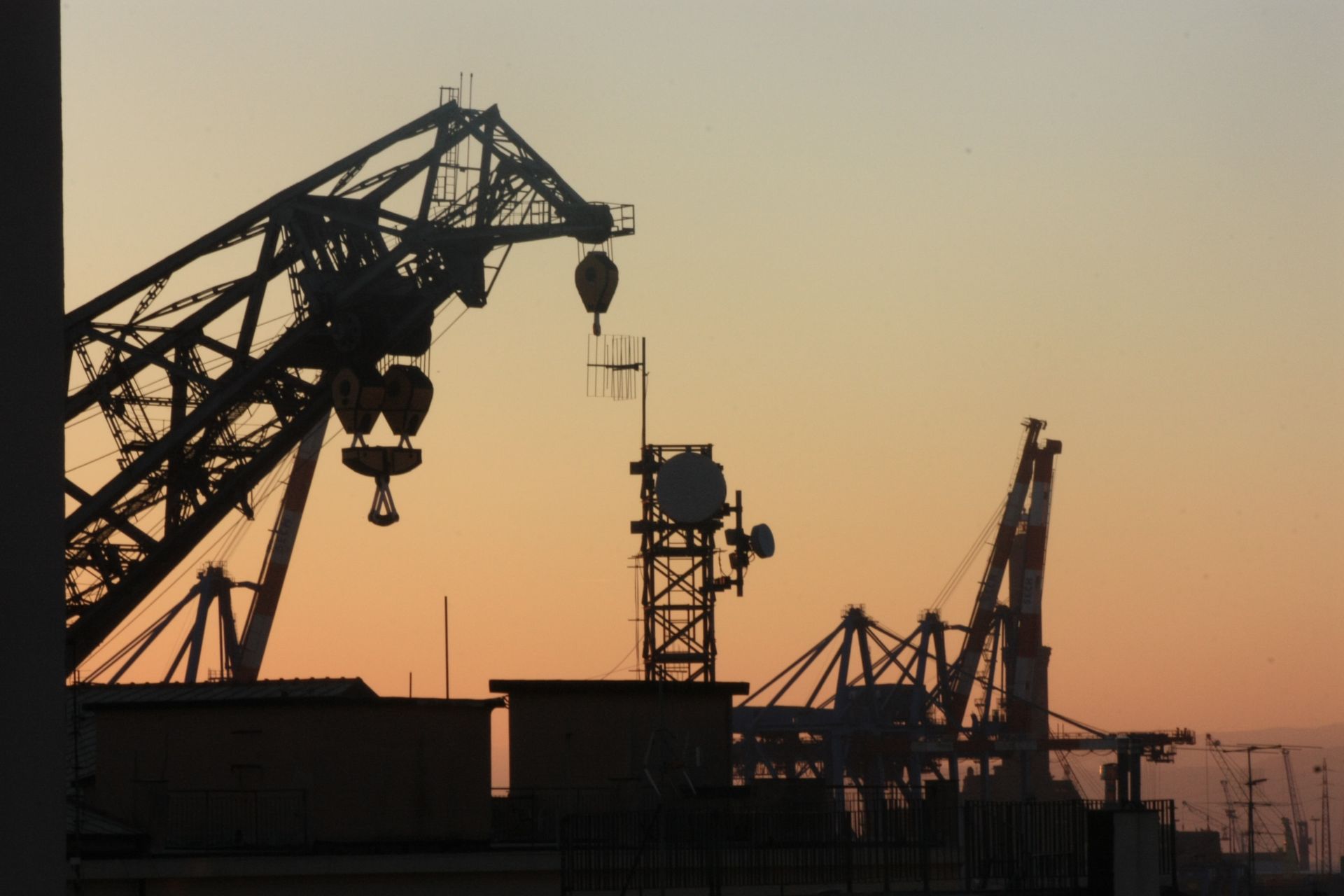


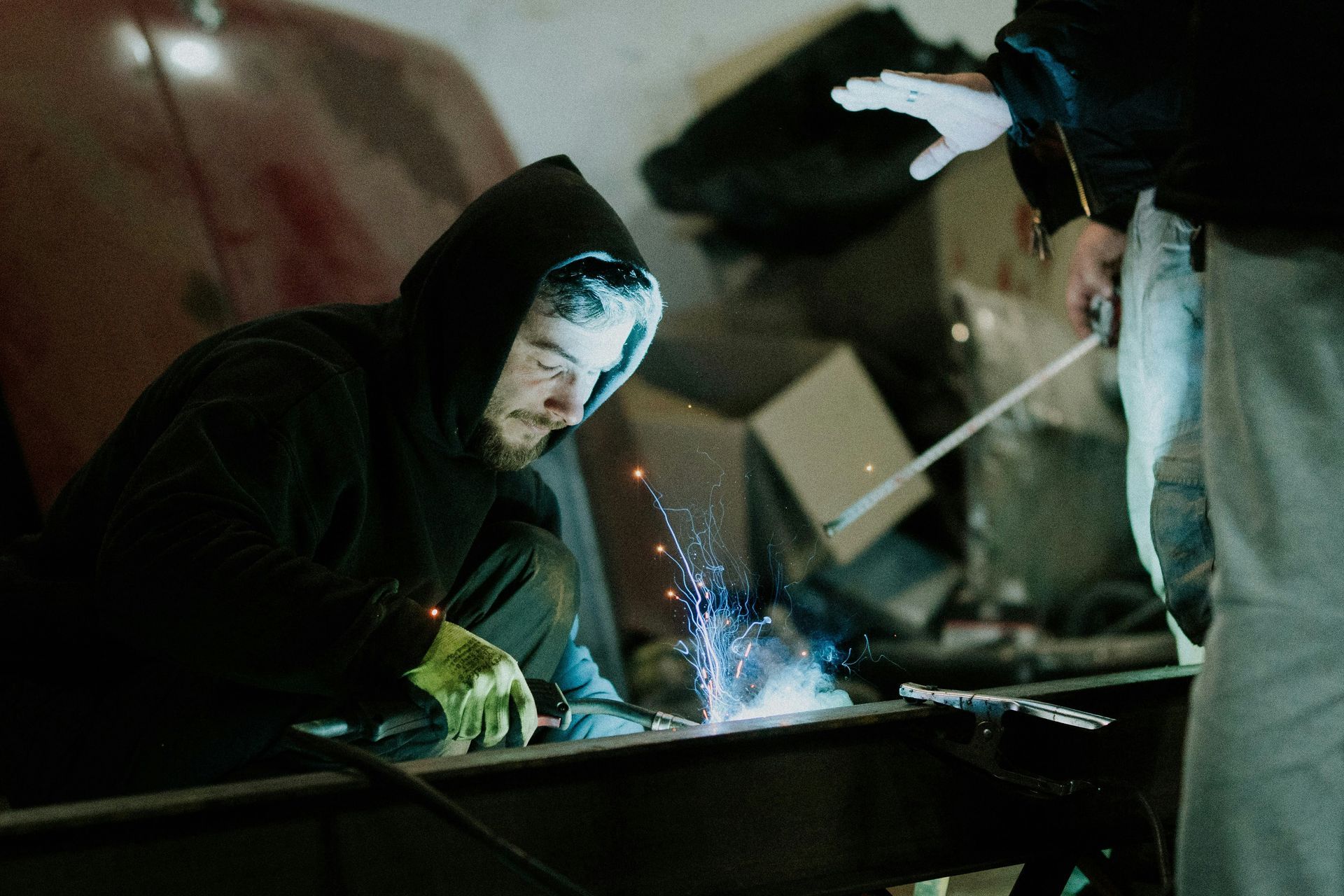
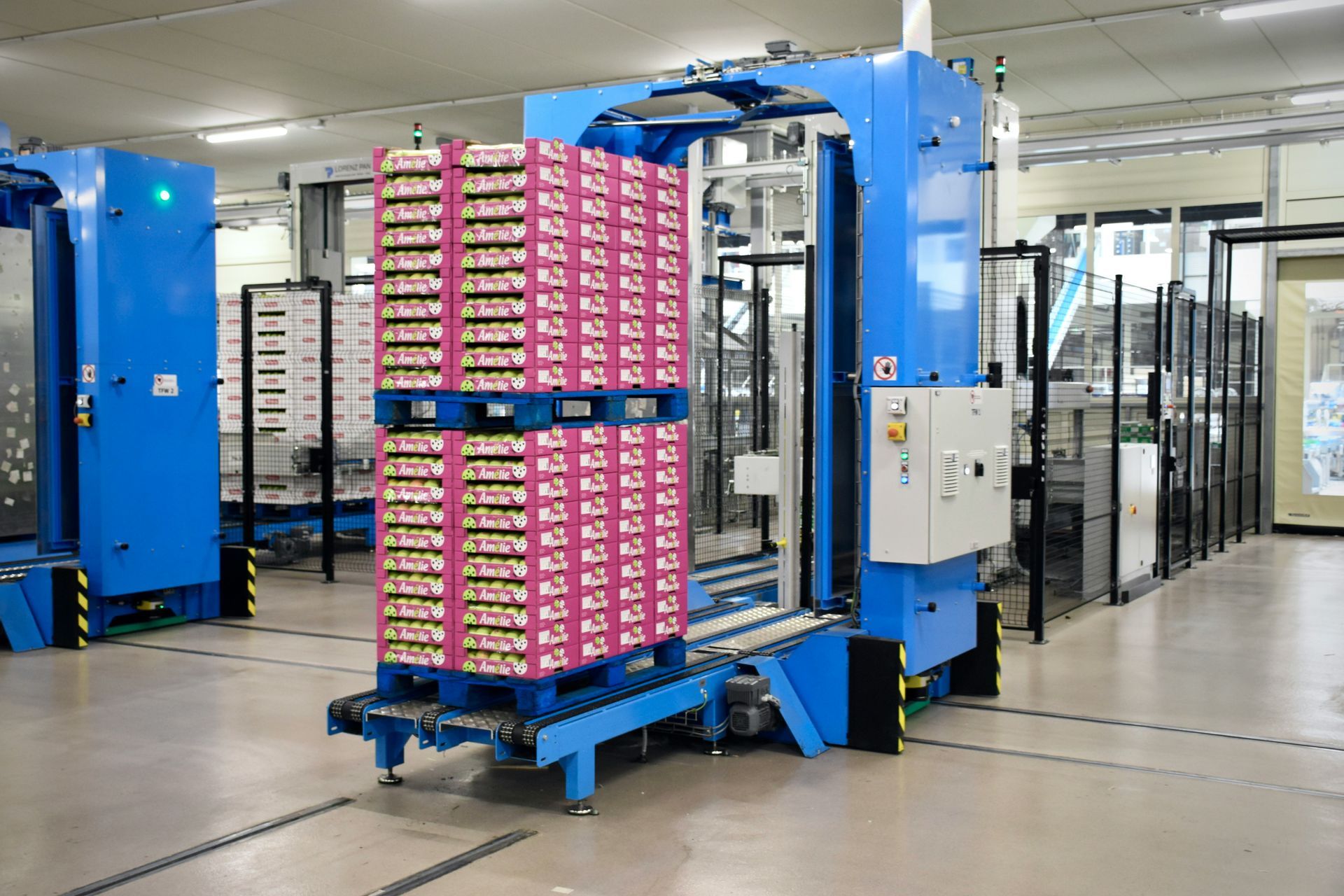
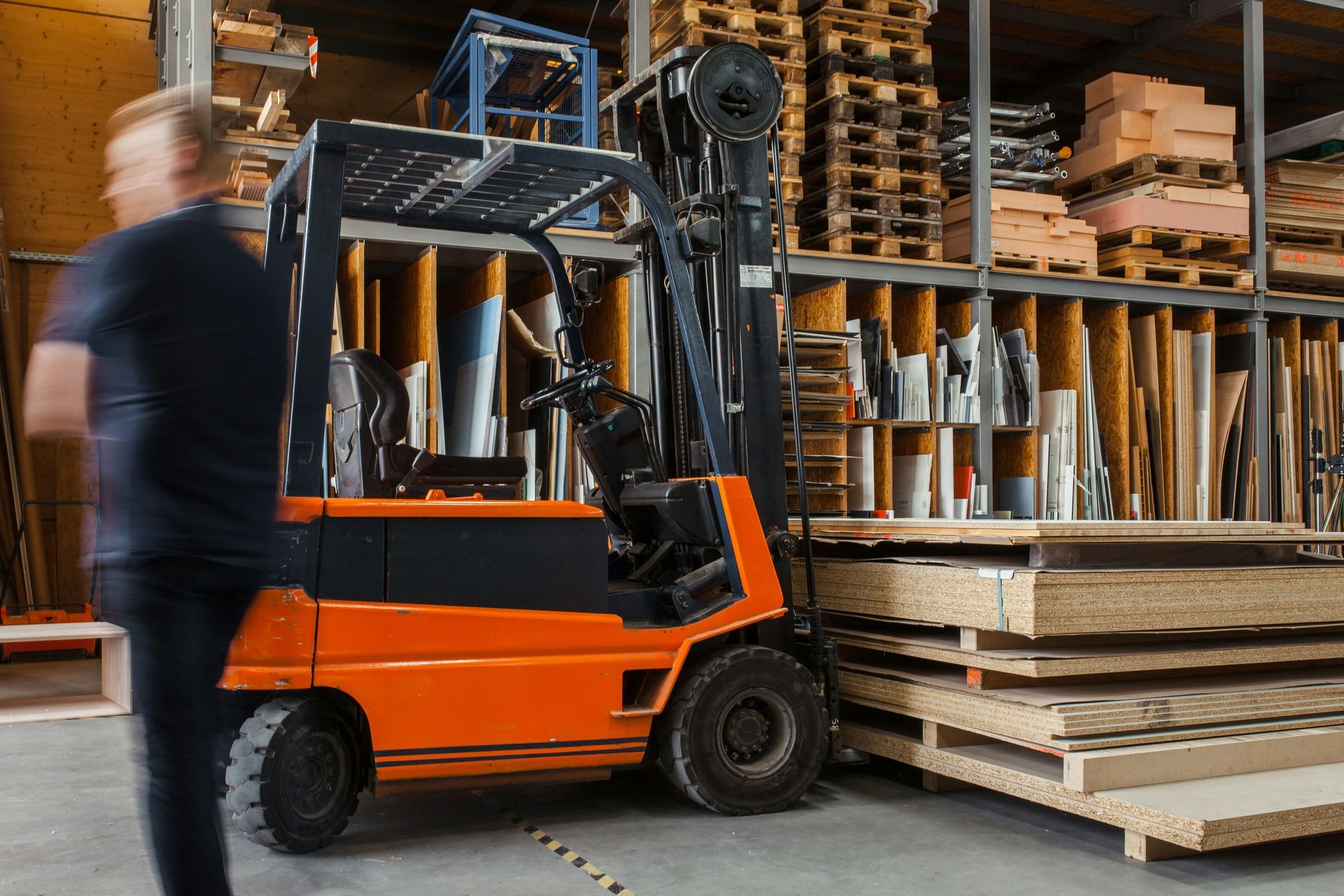
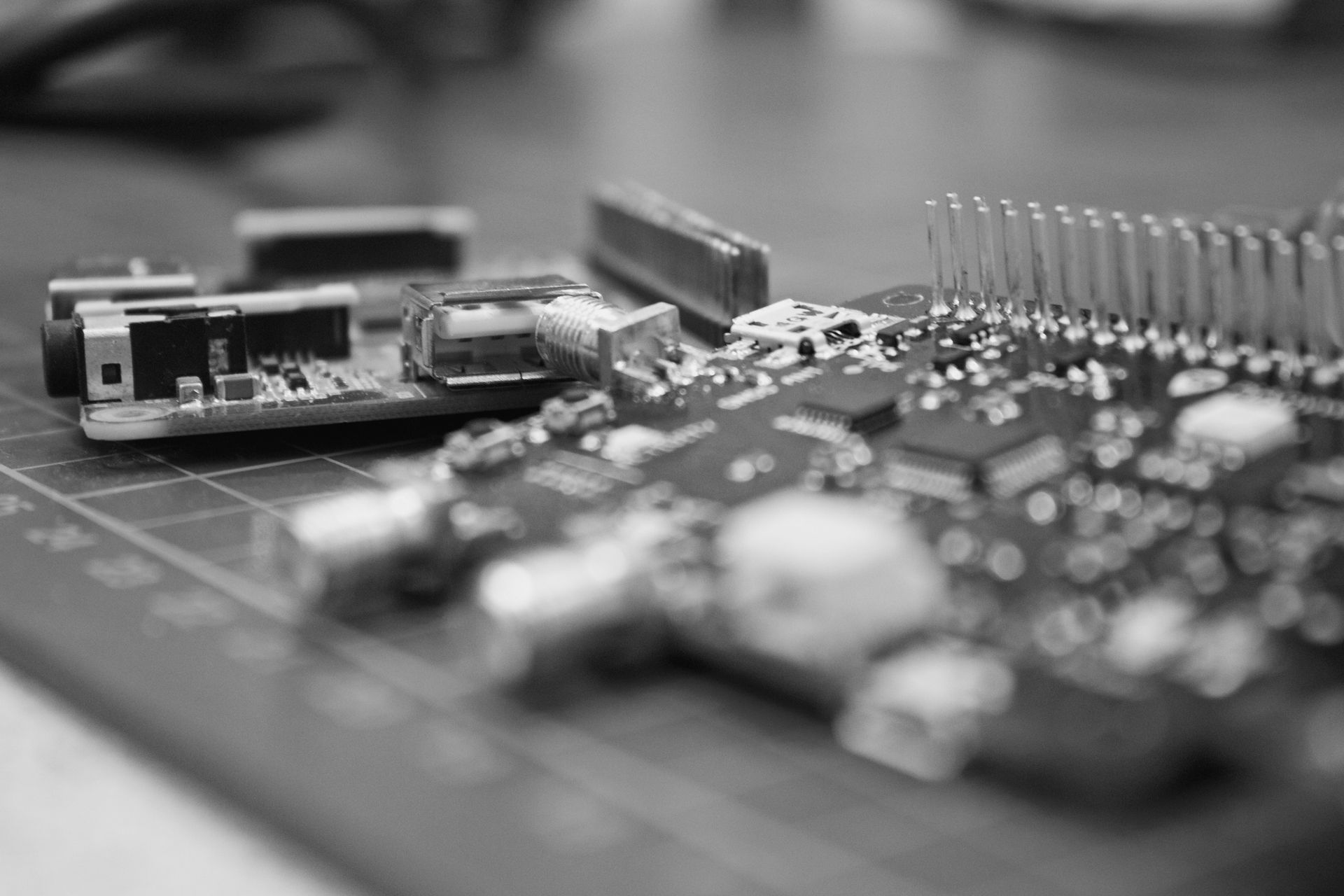
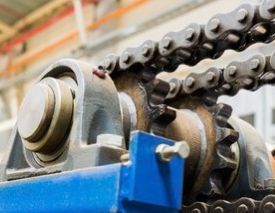
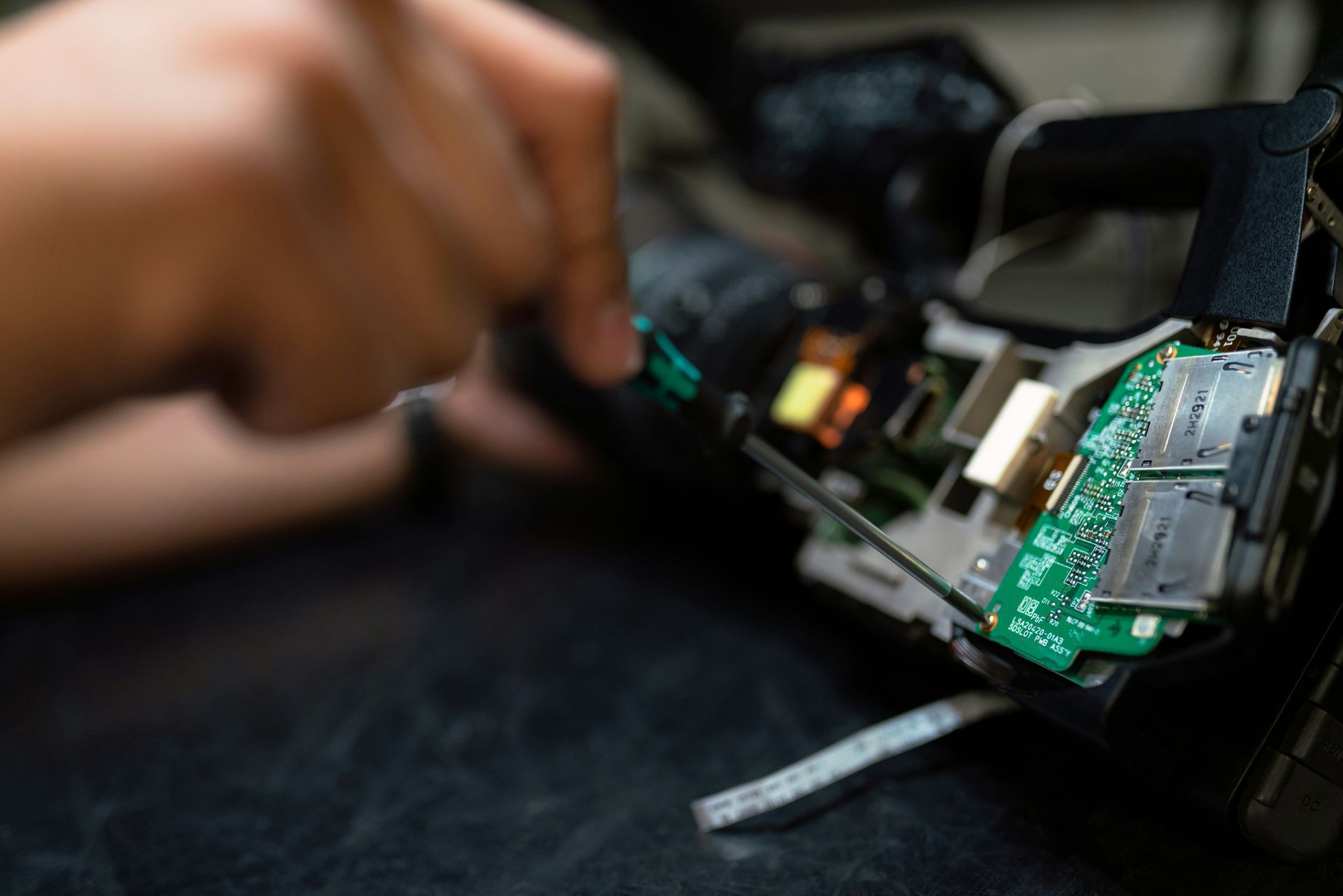
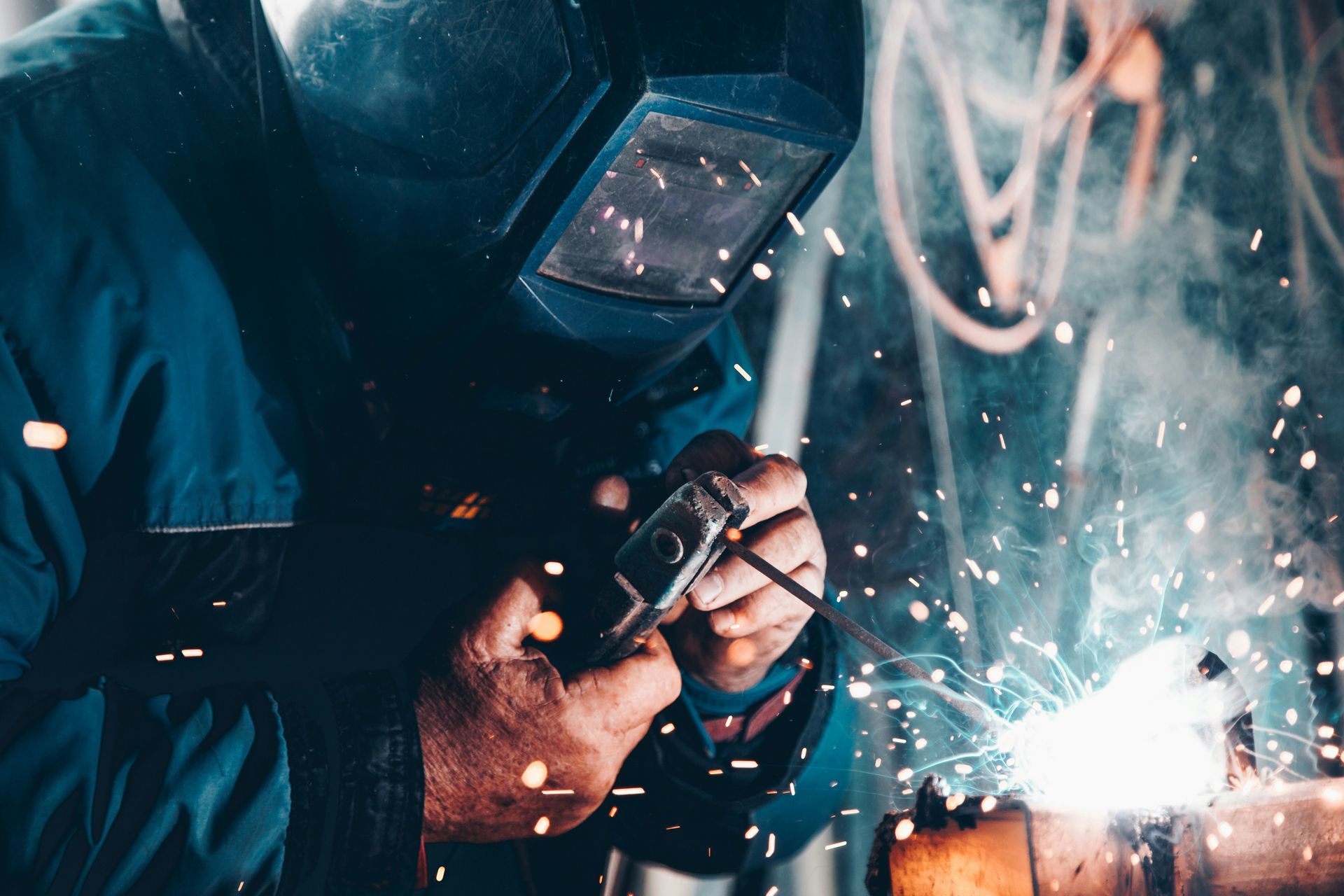
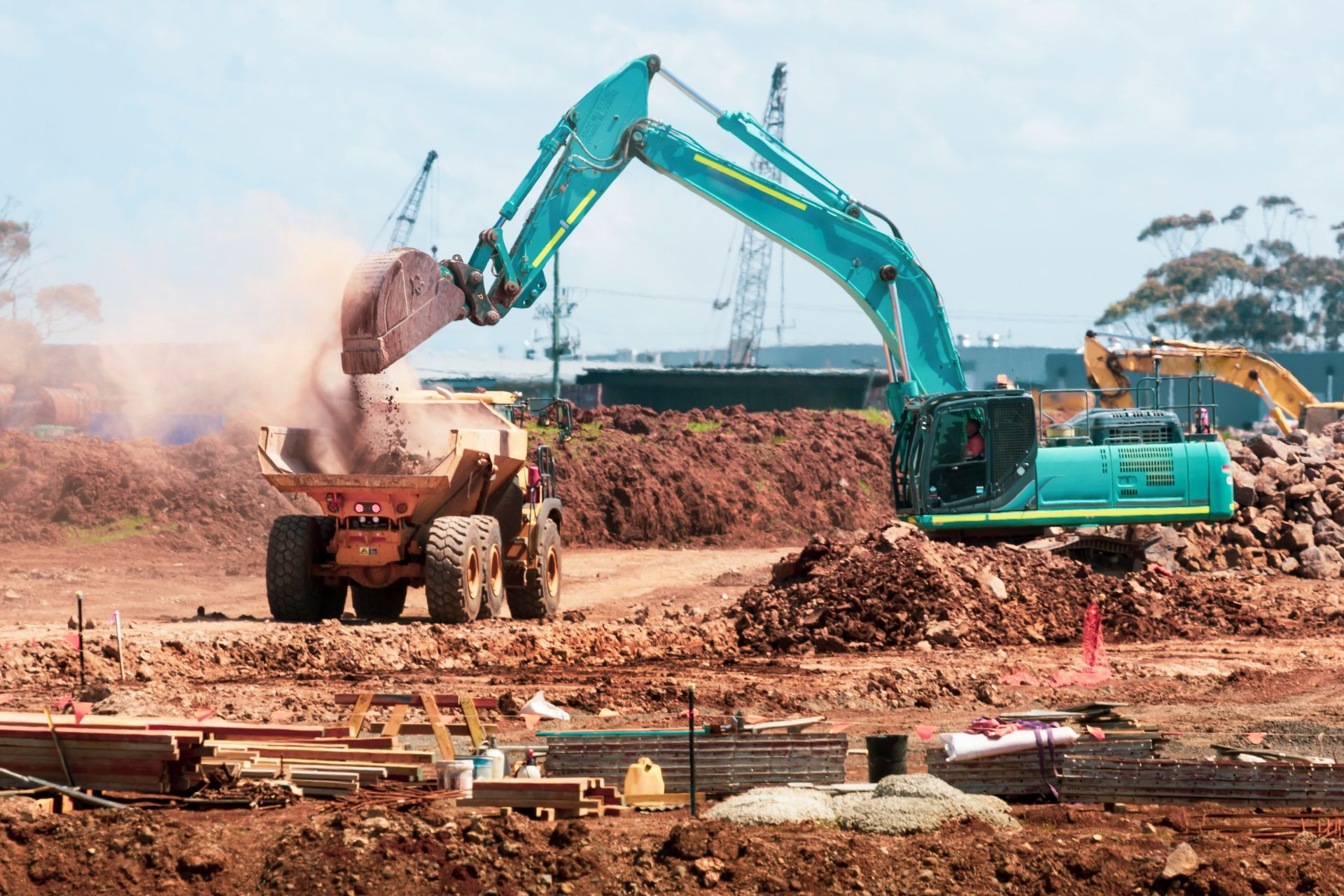
Share On: